Varieties Of Chilli In India- Uses & Benefits
India is the land of spices. Theres seldom any dish in India that’s bland and lacking of a certain spice level. India is also one of the largest consumers of chilli and there are varieties of chilli used for the recipes accordingly. Chilli has a super high spice level and should be consumed in moderate quantity of best benefit.
Though chillies are widely used in Indian cuisine, the land of origin of chilli is not India. They originated in Northeastern Mexico and the spread to North and South America. Then through various trade route found its way to other countries.
Varieties Of Indian Chilli
The various varities of Chilli provides with the unique taste to the cuisine and in India there are around 10 variations of chilli.
Kashmiri-From Kashmir, these chillies are the ones who impart a red color to the dish. They are mild, less hot and pungent.
Guntur- From Guntur, Andra Pradesh they are the main exporters of chilli to various countries. Andra is known for its spicey dishes. Guntur Sanam is a type of Guntur chilli cultivated in Madhya Pradesh.
Jwala- Grown in Gujarat also called finger hot pepper is green in color initially and turns red when matured. They are easily grown in households and are readily available in local markets.
Byadgi- From Karnataka, they are known for its color and pungency and is very similar to paprika and is named after Byadgi from the Haveri district, Karnataka.
Boria- They are berry sized chillies and are known for moderate pungency and are dark red in color. They are used for dals and khichdis.
Sankeshwari- From Sankeshwar in Kolhapur, Maharastra. For its spice level it is used and blended with different spices for masala. They are used in fish curries, chicken curries etc.
Naga & Bhut Jolokia- Spiciest variety of chilli. They grown in Nagaland, Assam, Arunachal Pradesh. They are really spicey and are not used in normal cuisine and is used regionally in chutneys and curries.
Mathania-Popular in Rajasthan, they impart bright color to the dish. Due to less popularity its usually used in regional dishes and are super spicey!
Bhavnagri-The chili whose spice level is tolerable.They are the ones used for mirchi pakoda.
Kanthari- Called bird’s eye variety of chilli and are widely found in Kerala, telengana, Meghalaya. They are super spicey and pungent in nature available in red and green colors.
Longi- It’s the variety used in Bhujia and other namkeen snacks, though not very pungent they sure leave a mark. They are red in color and are spicy.
Uses Of Indian Chilli
Indian chillis when used in moderate quantities do has some health benefits that come along with it.
Using red chillies along with castor oil is said to be helpful in easing pain and sprain.
The alkaline compound in chili called capsaicin has anti-bacterial, anti-carcinogenic, analgesic and anti-diabetic properties.
Fresh red and green chilies are rich in vitamin c, and they help boost immunity and work against free radicals.
Chilli pepper is filled with antioxidants such as vitamin A, flavonoids, beta-carotene, alpha-carotene, lutein, zeaxanthin, and cryptoxanthin which fight against free radicals and protect your body from many diseases.
Health Benefits Of Chilli
Chili are low calories and so the perfect spice for your diet plan.
Chillis are rich in antioxidants, vitamins and minerals which make them the perfect food to fight cancer.
They are rich in beta carotene and pro vitamin A for essential fight against infections.
They also help in reducing joint pain. When applied to skin it reduces the presence of chemical P, which is responsible for transmitting pain messages to brain.
Side effects of Chilli
Excessive usage can cause abdominal pain, weakness and dizziness. It can also cause stomach and skin irritation.
Chilli sauces contain oleoresin which can cause burning sensation in mouth and blisters.
It's advised to wash your hands after touching chilli, if you touch any sensitive part like eyes, it causes extreme burning sensation and irritation.
For health reasons its adviced to limit the chilli consumption. Excessive chilli intake leads to numerous health hazards and complications. They should be used in moderate quantities in tadkas, chutneys and other dishes for the best benefit and flavor.

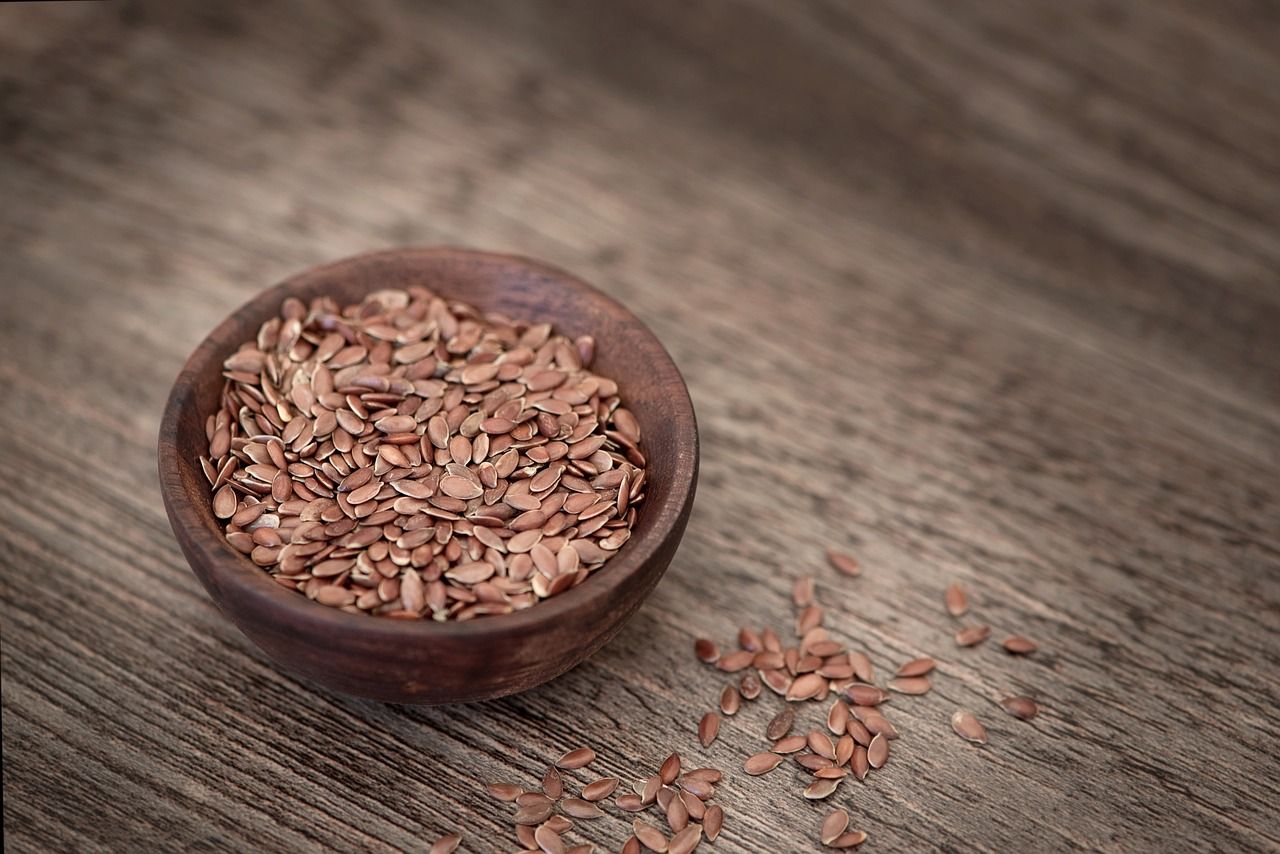
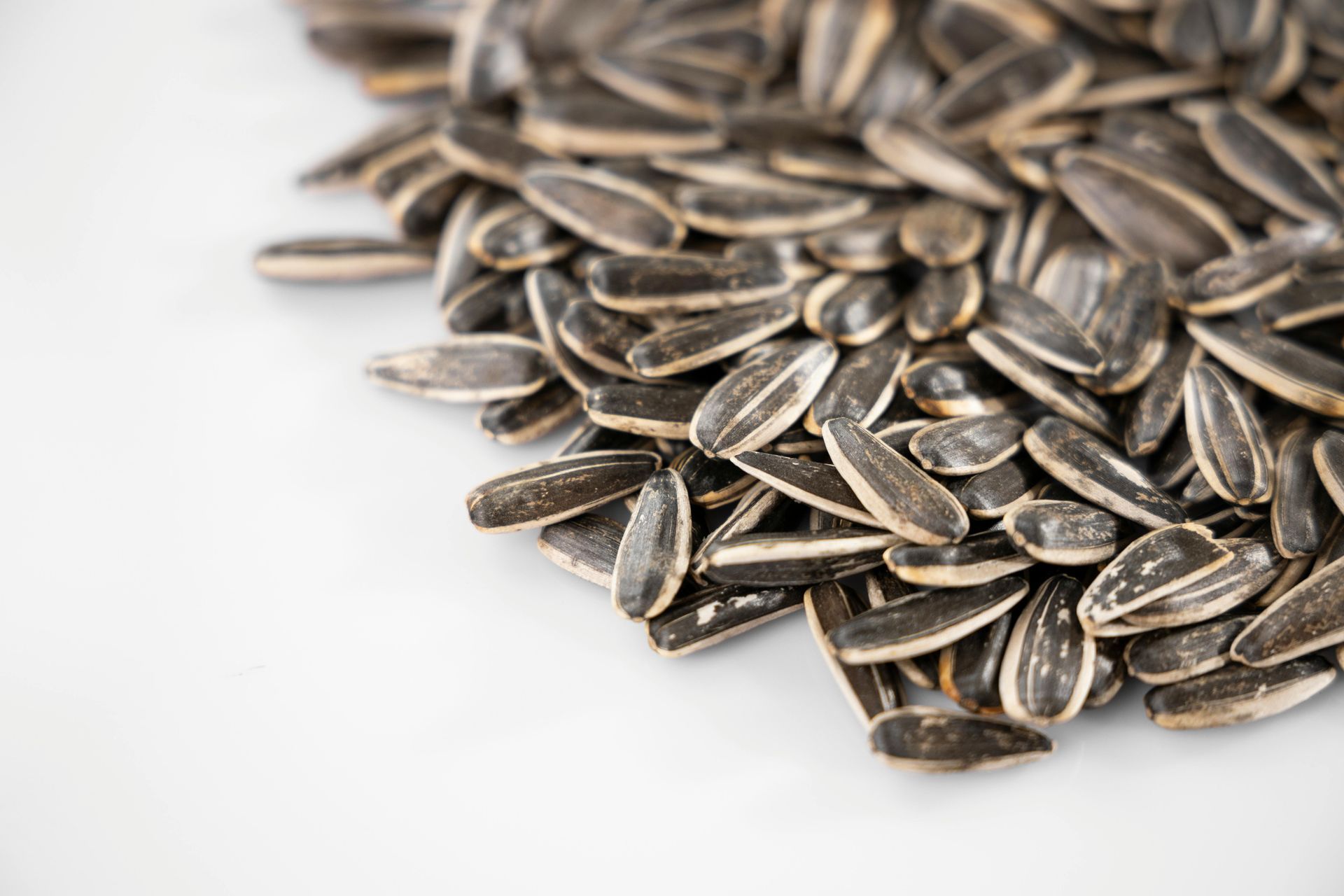

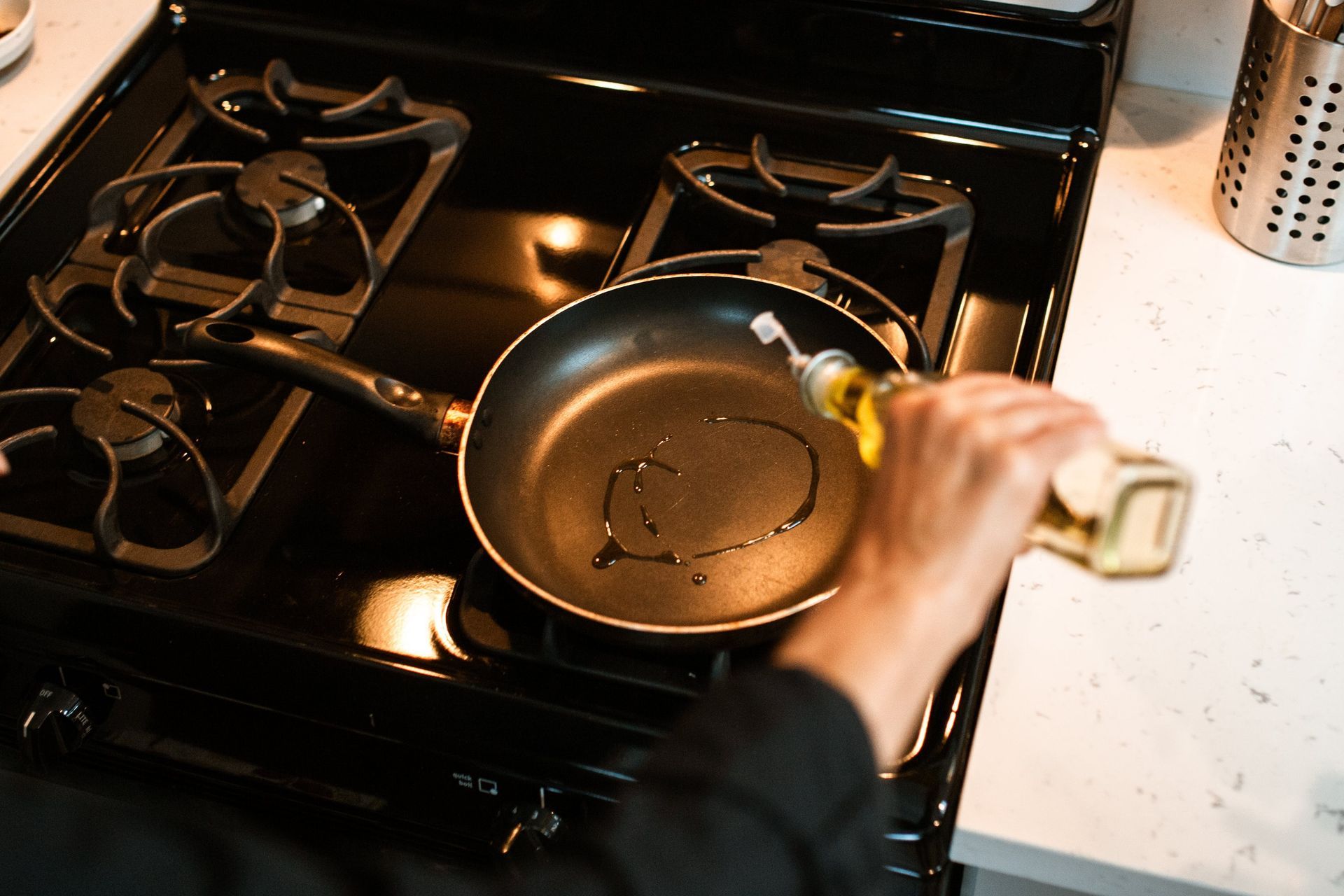
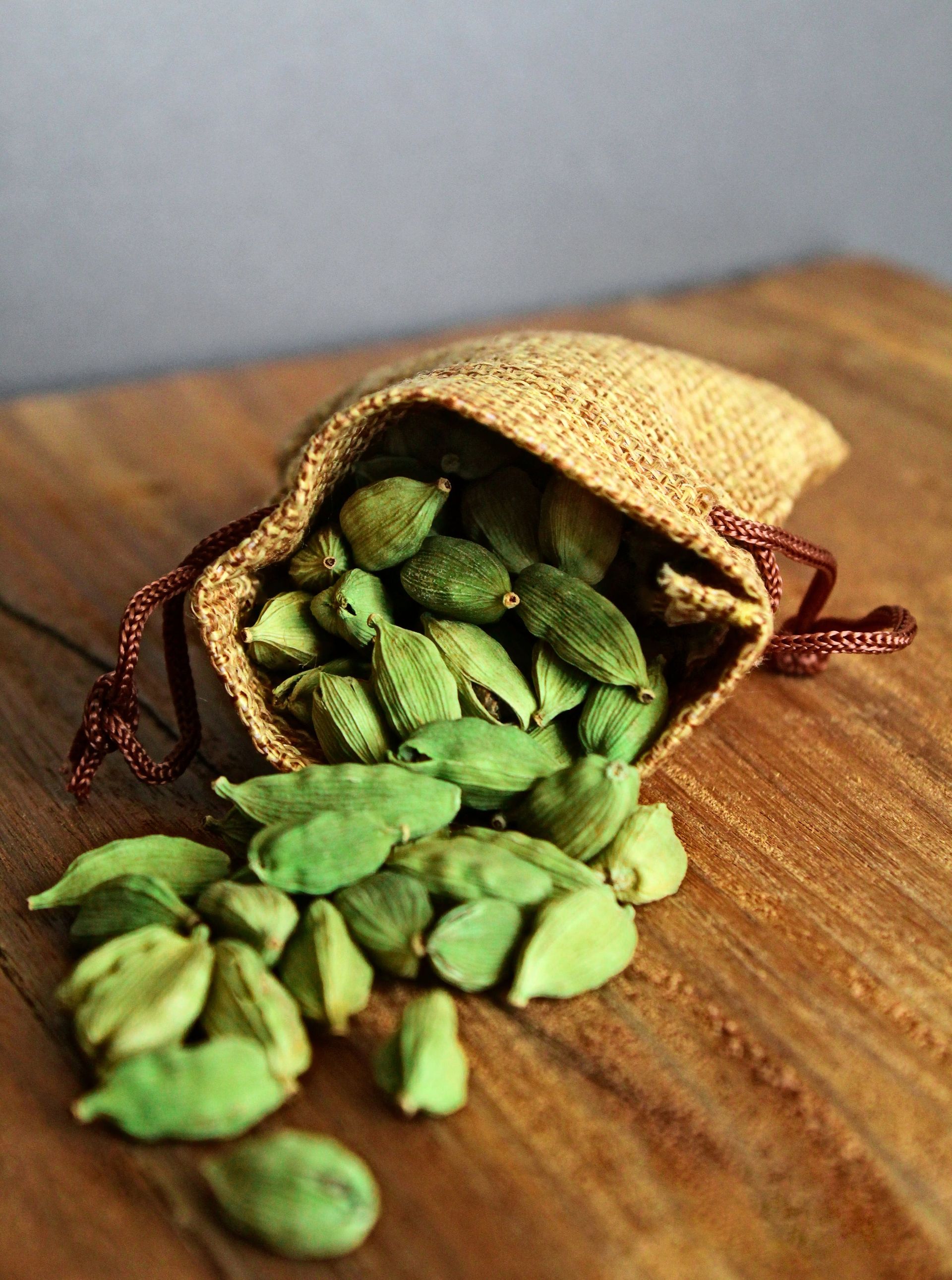
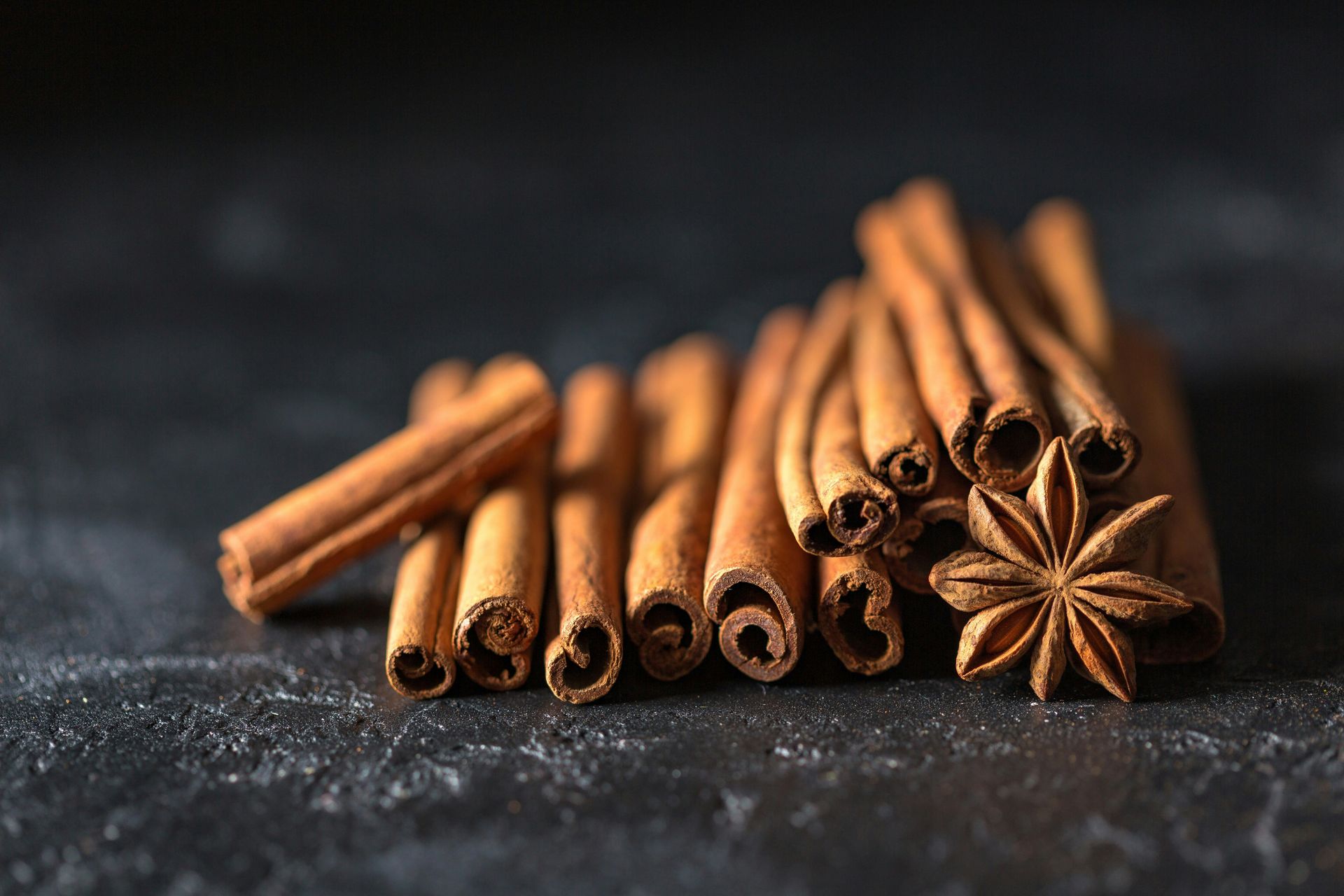


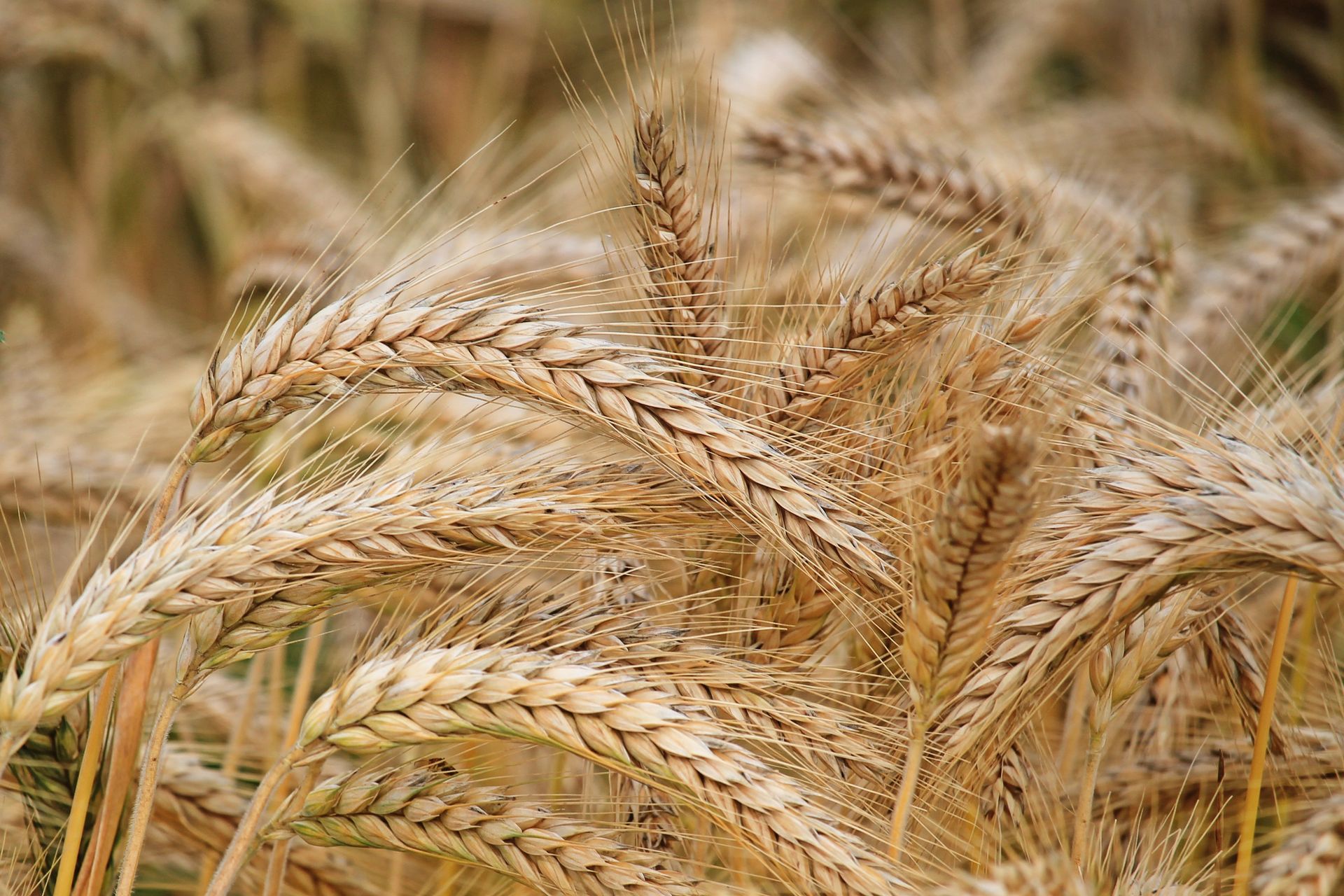
Submit your Enquiry today
We will get back to you as soon as possible.
Please try again later.

REGENT AGRO FOODS PRIVATE LTD
1/127 N Mettupalayam
Tirupur 641670
Tamilnadu, India
All Rights Reserved | Regent Agro Foods
Designed by Yectra

